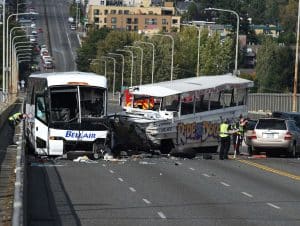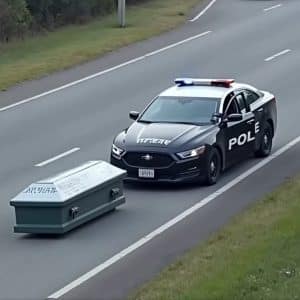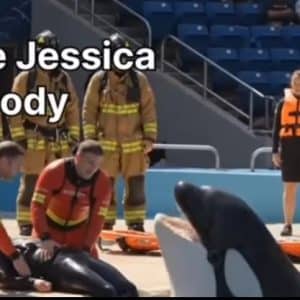What started as a normal Thursday in September 2015 became one of Seattle’s most devastating transportation disasters. A Ride the Ducks tour vehicle—a retrofitted WWII-era amphibious truck—suffered a catastrophic mechanical failure while crossing the Aurora Bridge, veered into oncoming traffic, and collided with a charter bus carrying international students.
The aftermath: five lives lost, dozens injured, and long-term questions about vehicle safety, regulation, and accountability.
What Went Wrong
The cause of the crash was traced to a fractured axle housing, a critical component that had already shown signs of wear. When it gave out, the tour vehicle swerved uncontrollably into traffic. Its tall, military-style design struck the bus above its crumple zone, bypassing its safety defenses and intensifying the damage.
The National Transportation Safety Board (NTSB) later revealed a troubling picture:
-
Outdated design
-
Ignored service advisories
-
Inadequate maintenance protocols
-
Structural incompatibility between vehicles
The Seattle operator and the Missouri-based manufacturer were both found at fault.
The Human Cost
The collision left many students injured—some severely—and shook the Seattle community. For the victims and their families, especially those visiting or new to the U.S., the tragedy marked a traumatic introduction to a country they had hoped would offer opportunity.
In 2019, a jury awarded $123 million in damages to survivors and victims’ families, split between the vehicle’s manufacturer and the local tour operator.

A Pattern of Neglect
Despite clear warnings, similar vehicles remained in operation around the country. Just three years later, in 2018, another Ride the Ducks vehicle sank during a water tour in Branson, Missouri, killing 17 people. The parallels—aging vehicles, ignored warnings, and poor safety planning—were chilling.
Why This Still Matters
Although Ride the Ducks Seattle shut down in 2020, and some companies rebranded or ceased operations, the safety issues remain. Many DUKW-style vehicles are still legal, with limited federal oversight.
Unlike the aviation industry, where one incident can trigger national policy changes, the road tour vehicle industry remains loosely regulated. Today, no sweeping federal laws govern the continued use or modernization of these retrofitted amphibious vehicles.
The Bigger Questions
-
Should WWII-era machines still be used for tourism?
-
Are current inspections and certifications enough?
-
What will it take to address the risks of structural mismatches in crashes?
Moving Forward
Safety advocates are calling for one of two options:
-
Permanently retire DUKW-style vehicles, or
-
Subject them to modern engineering audits and transparent safety certification.
New, dual-environment vehicles do exist—built with current technology and designed for modern roads and waterways.

Final Thought
The Aurora Bridge crash wasn’t just a tragic accident—it was a wake-up call. A reminder that even one overlooked detail in transportation safety can cost lives.
Eight years on, the message still echoes:
Outdated vehicles and outdated oversight don’t belong on modern roads.




